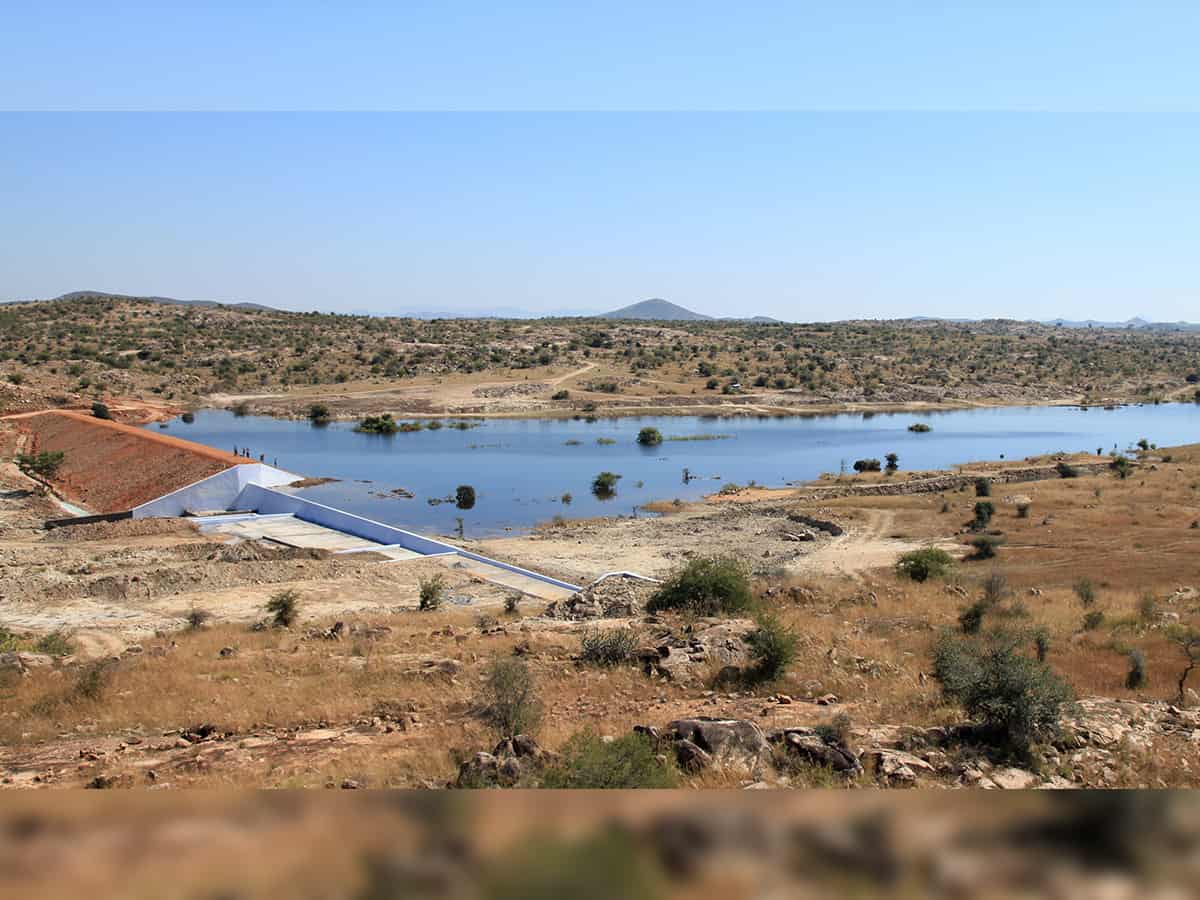Bengaluru: The deadline for filing objection to the draft of Environmental Impact Assessment (EIA) Notification 2020 is set to expire tonight (August 11). Since the nation has been under multiple lockdowns and suspension of activities related to creation of public awareness, not much scope was available for discussion and debate on this Notification which pertains to public health and preservation of livelihoods.
Curiously, the Ministry of Environment, Forest and Climate Change (MoEF&CC) had issued it on March 23, a day before the nation was placed under lockdown. It had earlier set June 30 as the date for filing objections. However, following a writ petition, the Ministry extended the date till August 11.
If the Notification is passed, it would replace the current EIA 2006 and make several important clauses about which the environmentalists and civil society organizations had expressed concern over devastating impact of ruthless destruction of forests, hills and rivers. Recent industrial accidents warrant that wider public consultations should have been held before the Government allowed the Notification to come into effect. The alarms set off by the explosions at the LG Polymers at Vishakhapatnam and blowout of the oil-wells at Baghjan in Assam should have been heeded by the Ministry to take into consideration the growing concern over the mounting threat to environment. Mr. Leo Saldanha, the Bengaluru based environmental activist, says the LG Polymers was allowed expansion without the EIA clearance mandated under the Environmental Protection Act (EPA).
Saldanha says the current draft Notification is an abysmal display of how time and again a development narrative prepared by the MNCs is slapped over the nation and the people at the cost of the environment. He says the EPA passed in 1986 was amended at least 40 times, mostly to weaken it, rather than strengthening it. “The only time it was strengthened was in 1997 when public hearings were included as mandatory,” he observes.
Weak law
It is pointed out that the EIA Notification 2006 which is sought to be replaced by the Notification 2020, is itself a weak law. It was evident when the Union Government decided to permit opening up of coal-mining over 170,000 hectares in dense Hasdeo Forests in Chhattisgarh last year and in the rainforests of Dehing Patkai Wildlife Sanctuary in Assam earlier this year. If passed into a law in the current form, it is likely to worsen the damage caused to environment by industries and mining even more.
According to NGO Environment Support Group (ESG), India currently stands pretty low, i.e., at 168th position among the ranking of Environmental Performance Index of 180 countries. Environment related NGOs are unanimous that the current notification favours the industrial projects rather than the environment protection.
Ignoring solar power
Jestine Fedrick, an activist with the Greenpeace India (headquartered in Bengaluru), wonders as to why coal should be mined causing such vast devastation of forests when India has abundant potential to tap solar power at a cost that is 14% less than generating similar volume of thermal power. He informs that India can create 1.6 million jobs by developing adequate infrastructure to harvest solar energy by 2022.
The Draft Notification allows for post-facto clearance implying that the projects will have the scope for first violating the environment laws and then seek clearance which goes against the very objective of such laws. Neha Satheesan of Climate Reality Project says, this makes no sense as it allows the damage to happen prior to the clearance. “If indeed, the law needs to be regulatory and preventive in nature, it should foresee and assess the damage it may cause and then allow or disallow it,” she comments.
Secondly, it leaves little scope for public consultation. The Notification itself gave 20 days for public consultation and then extended it after public uproar. Thirdly, it exempts projects that the Government may think were strategic. This allows huge margin for error and especially now that only post-facto clearances were necessary. This is likely to place lot many projects out of the pale of public objections and regulatory system.
Loot of natural resources
Saldanha also points out that the law was considerably weakened by the previous UPA Government as it was made into a subordinate law which was crafted by the executive rather than being passed by the Parliament. In its current form, EPA can be amended by the Minister and such amendments merely need to be placed before the Parliament. Saldanha terms it an undemocratic law which has not been crafted in conformity with the wishes of the people. “Only the MNCs who cut down forests, extract minerals and tap river waters will benefit from such a law that easily does away with public scrutiny. The foreign consultants for such projects can move out fast and move their finances too, now that finance has greater mobility across borders. It allows ruthless maximization of profits through heaping environmental degradation on the people in the third world,” Saldanha alleges.
Relaxations for industries
Preeti Chauhan, Founder of the Little Green World, says the law does not have scope for public complaints. It can entertain complaints from State authorities and Appraisal Committee, but not the members of the public. She says that the river valley projects that used to have 10-year validity will now have the extended validity of 15 years and the mining projects have now validity from 30 to 50 years. According to the ESG, explosions have happened in at least ten industries due to weakening of the regulatory controls during the last three months of lockdowns.
M.A. Siraj is a senior journalist based in Bengaluru

